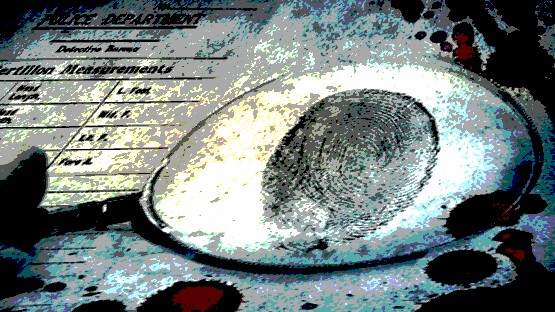
The acquisitions necessitated the move of Travis Shaw from third base to second base, a position he had not played previously as a pro, with Schoop, who has played 97.2 percent of his defensive innings in MLB at second, over to short.
Expect to see more teams doing these kinds of things in the future.
The reason: the shift.
The Brewers are sixth in the Majors in runs saved through defensive shifts, and manager Craig Counsell has made it a point to not only shift players defensively based on situations, but he’s also been fluid in terms of his everyday lineup.
With almost everybody shifting at this stage, it’s more a matter of how fluid a given manager wants to be and feels he can be than whether he wants to.
How that works was laid out for me years ago, before shifting became the rage, by an assistant coach with the Waynesboro Generals.
Robert Nordorf was a volunteer assistant at New Mexico State who had been given responsibility on that staff for defense, and he became an early adherent to the value of the shift.
At the college level, it can’t be quite as scientific as you can see in MLB, with StatCast providing detailed analysis of hitters’ tendencies in terms of where they hit the ball, based on count, pitch, game situation, and the like.
College teams are lucky to have access to box scores, so it’s a little more straightforward there when it comes to shifting.
Basically, when you have a lefty at the plate, you shift the shortstop behind second, put the second baseman in the hole between second and first, have the first baseman smother the line, have the third basemen play short, and move your outfielders around toward the gaps and the line.
With a righty at the plate, you move guys in the other direction.
If you know a guy sprays the ball to all fields, you think about whether you want to shift, and how much, but Nordorf, who lived a summer with me back when I was the Generals’ radio play-by-play guy, still wanted to shift even on those guys.
The idea the shifting being: guys hit the ball harder to the pull side, and if we move our defense in that direction, we’re going to make more plays, taking away singles and doubles, and the ones that go the other way that get through, they’re not likely to be hit as hard, so by and large, the damage is a bleeder single.
But you probably knew that, or could have guessed it. All logical there, even if we played baseball for 130 years with guys standing in the same spots, independent of where balls tended to go when hit.
The other advantage to shifts is what you’re seeing out of Counsell in Milwaukee. If you overload the pull side, you don’t need a shortstop with range, a second baseman who can range to his right and throw a strike to first off his back foot, a center fielder who can cover both gaps.
The way Nordorf explained it to me years ago, you should be able to put anybody anywhere in a pure shift, and they should be able to make the routine plays, because that’s what the defense is designed to do: create more routine defensive outs.
It’s all well and good to describe this in theory, but you’re seeing it work, and work well, in practice in Milwaukee, and the more it works there, it’s sports, people will see something that works, and then want to do it themselves.
The next evolution, it’s coming.










